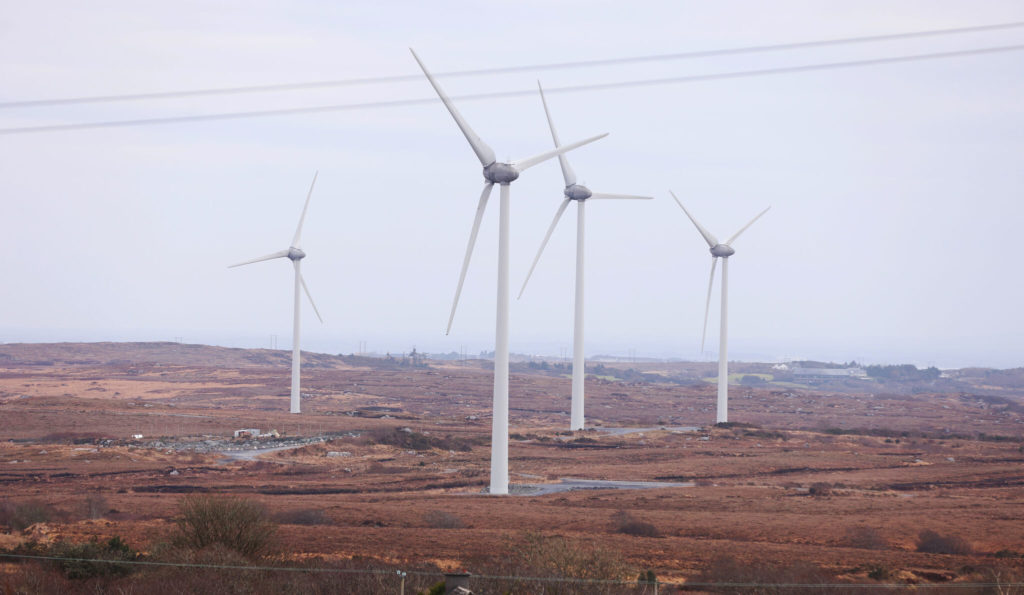IRELAND is facing a potential climate compliance bill of up to €26bn by the end of the decade unless it can dramatically cut greenhouse gas emissions.
The number was jointly calculated by the Irish Fiscal Advisory Council (IFAC) and the Climate Change Advisory Council (CCAC) and shows the potential cost of purchasing carbon credits from other EU member states if Ireland fails to meet its legally binding emissions targets.
The estimate dwarfs Ireland’s annual healthcare budget and could hit public finances hard if no cuts are made.
Under the EU’s Effort Sharing Regulation, wealthier member states must reduce emissions in key areas like agriculture, transport and waste by 2030.
Those that miss their goals are required to buy emissions allocations from countries that meet them.
Ireland is one of the bloc’s highest emitters per capita and is projected to fall well short of its targets.
The Environmental Protection Agency (EPA) projects that Ireland will cut emissions by 29% by 2030, far below its EU obligation of a 42% reduction from 2005 levels and its own domestic target of 51% below 2018 levels.
Although Emissions have fallen by 6.8% in 2023 and 2% in 2024, progress is too slow to meet the legally binding goals.
Agriculture remains the country’s single largest source of greenhouse gases, responsible for roughly 38% of total emissions, followed by transport at 22%.
The government face an uphill struggle balancing their climate goal with the economic importance of the dairy and beef industries.
“The big issue with agriculture is the herd size. Are you going to reduce it or not?” said Larry O’Connell, Director of the National Economic and Social Council, according to RTÉ.
“What does the future look like for farmers, and what alternative activities will they have?”
The government argues that Ireland’s growing population and the unique structure of its rural economy warrant flexibility under EU rules.
Minister for Climate, Energy and Environment Darragh O’Brien has called for Brussels to recognise Ireland’s €3.5bn investment in the national electricity grid and other decarbonisation efforts as part of its compliance assessment.
 Green energy is helping, but progress is still slow (RollingNews/Photo by Eamonn Farrell)
Green energy is helping, but progress is still slow (RollingNews/Photo by Eamonn Farrell)But environmental advocates have criticised this approach as an attempt to delay necessary cuts.
“Ireland is not short of cash,” said Oisín Coughlan of the Environmental Pillar.
“It should focus on reducing emissions, not asking the EU to let us off the hook.”
The longer Ireland waits to act, the higher the eventual fine will be.
IFAC estimates that decisive action now could trim future compliance costs by between €3bn and €12bn.
Even with partial progress, the lower end of the penalty still stands at €8bn.
Despite the grim outlook, Ireland’s emissions trajectory has begun to bend in the right direction.
Increased wind and solar capacity provided nearly 40% of electricity in 2024, and the decline of coal has significantly reduced power-sector pollution.
Yet the “hard-to-abate” sectors like agriculture, transport and heating, remain the critical obstacles.
The CCAC’s chair, Marie Donnelly, urged immediate, large-scale delivery of existing climate plans, according to EuroNews.
“It is better to invest now in Irish households, communities, and businesses than to pay significant compliance costs later.”
Accelerating home retrofits, electrifying transport, expanding renewable energy and reforming farming practices could still bring Ireland close to its 2030 goals.
But without a sharp change in pace, the country risks paying billions to other EU nations for missing its promises.
“The atmosphere won’t grade us on effort,” an EPA analyst stated in their report.
“If we want to avoid paying through the nose, we need to make those tonnes of carbon disappear.”
“Not on paper, but in the real, warming world.”

